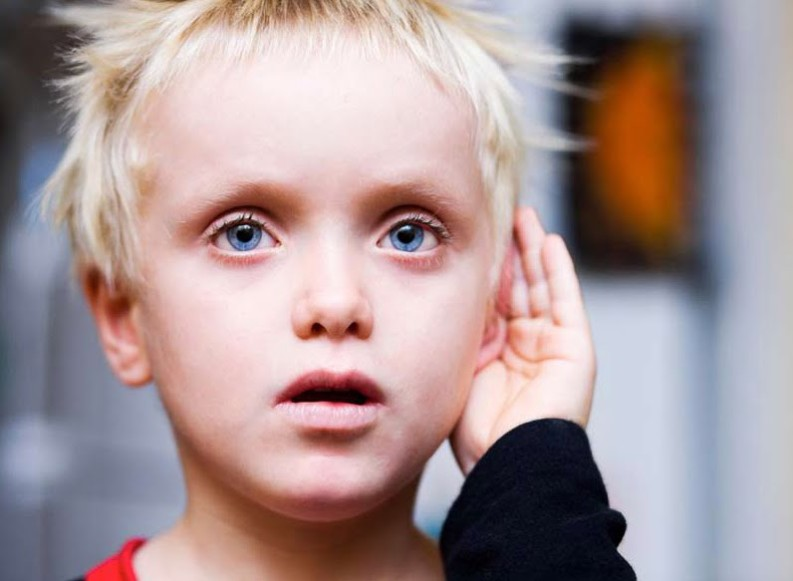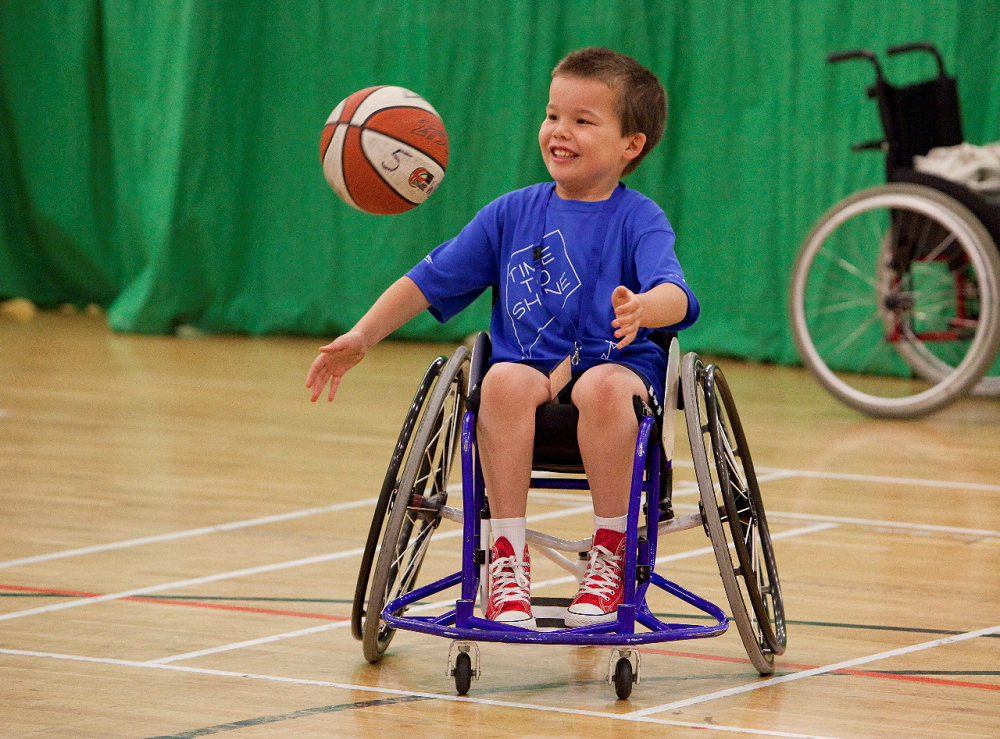It is essential that professional who works with deaf and disabled children follows safeguarding guidelines to keep them safe and prevent them being at risk from abuse or neglect. This guide is about what organisations and individuals need to know.

Increased Risk
Although abuse can happen to anybody, research shows that disabled and deaf children are more than three times more likely to be neglected and abused than non-disabled children, making it vitally important for people who work with them to follow best practice.
It is difficult for any child to confide in someone if they are being abused, but for children with communication difficulties it is even harder. Disabled or deaf children may find it more difficult to recognise that they are being abused or not be able to communicate that they are to a responsible adult. They may be isolated if they rely on carers to take them out and have restricted independence because they need a sign language interpreter or use a wheelchair, and they may live away from home.
Because disabled and deaf children have more regular contact with carers and other adults who assist them, there is increased risk due to there being more opportunity for an abusive adult to be alone with them.

Legislation
The four nations of the UK each have their own statutory guidance for those who work with children and how they can protect them. Organisations that need to get a DBS check for new staff may decide to use an agency such as http://www.carecheck.co.uk/, which has expertise and can turn them around in as little as 24 hours.
The National Deaf Children’s Society says that children’s social care workers sometimes don’t have the necessary specialist knowledge of deaf children. They only react when more recognizable issues are spotted.
Spotting the Signs
It is always tricky to spot the signs of abuse, but when a child has a physical impairment it is even harder to recognise. If a disabled child has bruising, it may not lead to the same level of concern as it would with a non-disabled child, as people may believe it was self-inflicted or caused by mobility problems. Steps which help improve protection include peer support, creative therapies and sex and relationships education, which can raise awareness of abuse.
